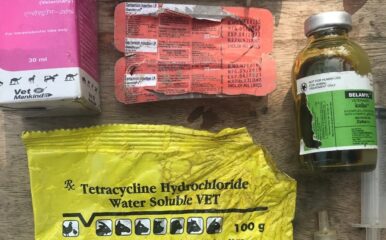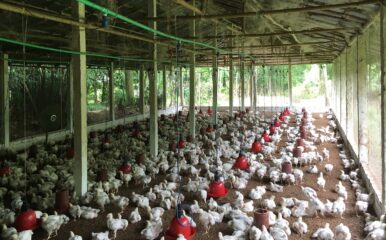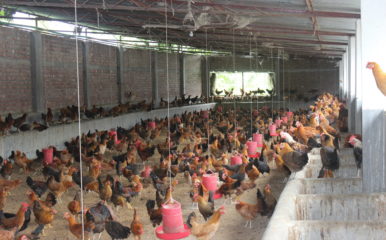
Learning about good participatory practice
Published on 20/05/2020
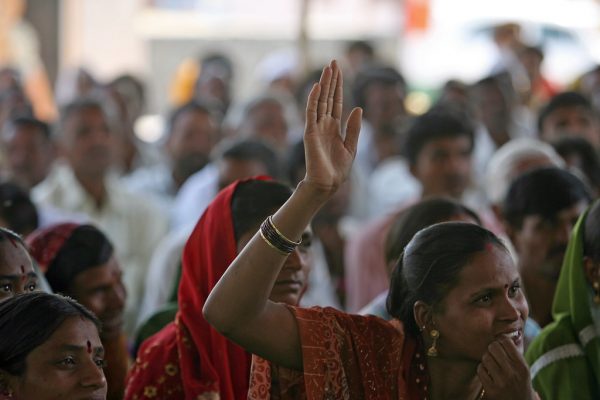
Simone D. McCourtie/World Bank CC BY 2.0
In the past few years, the International AIDS Vaccine Initiative (IAVI) has developed experimental tools to help bridge the gap between researchers and communities. Drawing on ideas from behavioural sciences, social psychology, gamified learning, participatory theatre and the creative arts, it has developed techniques that are non-hierarchical and participatory.
- Co-creation of knowledge is important.
- Knowledge should be made relatable.
- Language should be considered carefully and kept simple.
- Local activist groups can help bridge gaps between community and researchers.
- A supportive environment is better than a punitive one for achieving behaviour change.
- Diverse groups can help explore different routes to behaviour change.
- Peer-sharing and cross-learning should be promoted.
IAVI is a non-profit scientific research organisation which works in the areas of HIV tuberculosis, snakebites envenoming and emerging infections, and it has used these techniques to help communities understand HIV in the human body and the challenges associated with the virus, including viral diversity, drug resistance etc – and my team at Jawaharlal Nehru University has ongoing collaboration with IAVI on two child-health projects. The techniques and learning from IAVI’s work also have great potential for developing community engagement with poultry farmers, both as individuals and in collectives.
Gender gap
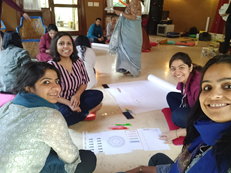
Earlier this year, I attended a one-day IAVI consultation workshop on ‘Gender Contestation in Access to Health’, with a special focus on sexual and reproductive health. The dialogue around bridging the gap between researcher and community would be incomplete if the gender gap in public health research was not addressed. Women bear the maximum burden of providing healthcare to family members at home and in that process their health and wellbeing are compromised to a great extent.
It has been observed that women have been under-represented in public health research on HIV and other sexually transmitted diseases where they are in the high-risk category. The gender dimension is also particularly appropriate for considering research in backyard poultry as this sector entails considerable participation by women members of the household.
The One Health Poultry Hub, aims not only to understand the risks associated with human behaviour but also to design solutions to reduce these risks to human and animal health. As such, solutions need to come from the needs and demands of the community – and for this to happen, there needs to be an emphasis on developing two-way communication between the community and researchers.
Diverse perspectives
The idea behind the IAVI consultation workshop was to gather ideas and perspectives from different disciplines, approaches and stakeholders to inform the design of creative solutions for good participatory practice. One framework for this, as developed by AVAC and UNAIDS, places emphasis on respect, mutual understanding, integrity, transparency, accountability and the autonomy of community stakeholders.
The workshop had clear learnings: that equal respect for diverse voices must be a guiding principle for all our research activities. Respect for local value systems, cultural practices and beliefs of our targeted communities is not only important for itself, but also as the first step towards developing a strong and healthy relationship with those communities.
As researchers, we need to develop mutual understanding with the communities we work with. The autonomy of participants needs to be protected while we carry out our research, and transparency is important to protect people’s rights. Accountability mechanisms need to be in place to ensure our research follows our ethical principles.
The workshop also stressed the importance of language. Participants agreed that communities are rarely well equipped to understand complex research and so the language we use to communicate science and research needs to be simple.
Often research communication has been top-down and the role of community in that process has not been clear. Communities have often not been aware where they could contribute, and remained unaware of the outcome of research in which they participated.
Science communication
The IAVI team shared that while working with communities, they came to realise that communities very often want to understand science. However, for them the ‘why’ question behind research is often more important than the ‘how’.
Grassroots activist groups can play an important role in bridging the gap between researchers and communities, and there is an urgent need to democratise, contextualise and humanise scientific knowledge. We need to make scientific information relatable so communities can empathise with it and gradually adopt it. We need to humanise information by off-loading numerical data and technical jargon and adding in personal experiences.
Researchers, activists and communities often operate in silos, but bringing them together can help in the co-creation of knowledge.
The IAVI workshop discussed the idea of a human library, where people from different disciplines and backgrounds come together to share their personal stories rather than their professional experiences. Such techniques could help us to explore our research intersectionalities and to design and shape solutions needed at community level for the future.

